Morphodynamics of alternate bars in the presence of riparian vegetation
Résumé
Abstract Alpine gravel‐bed rivers are dynamic systems that have been subjected to many anthropic alterations in the past centuries. Riparian vegetation development on previously bare sediment bedforms has been a common adjustment, raising important management issues in terms of flood risks and biodiversity. Many of these rivers are also channelized, and as a result present a pattern of alternate bars. Considering recent advances in numerical biomorphodynamic modeling, this study aims at exploring numerically the morphodynamics of alternate bars in the presence of riparian vegetation. To this end, a dynamic vegetation module has been implemented on top of an existing morphodynamic model, accounting for ecological processes of seed dispersal, seedling recruitment, growth, and mortality. Numerical simulations have been performed on a simplified reach of a gravel‐bed river with free migrating alternate bars at initial state. In this work 96 scenarios have been simulated, each representing 50 years of channel evolution, with different flood regimes characterized by various peak discharges and flood durations. Yearly peak discharge variability is explicitly modeled in 48 scenarios. Model outcomes present two possible equilibrium biomorphodynamic behaviors: stationary vegetated bars, or free migrating bars in the case of frequent vegetation removal during floods. This binary behavior holds true when the stochasticity of annual peak discharges is represented, and for a wide range of parameter values included in vegetation dynamic modeling. Transient mobility of vegetated bars is observed in specific configurations where large sediment deposits deflect the flow field, eroding bar heads. Modeled bar wavelengths are in the range of values predicted for free bars by linear bar theory, and remain far from the theoretical values of hybrid, steady bars. The shift from unvegetated migrating bars to steady vegetated bars seems to show that in these simulations vegetation constitutes a hydraulic forcing, leading to a shift from free bars to forced bars, with a final configuration largely inherited from the initial state. © 2019 John Wiley & Sons, Ltd.
